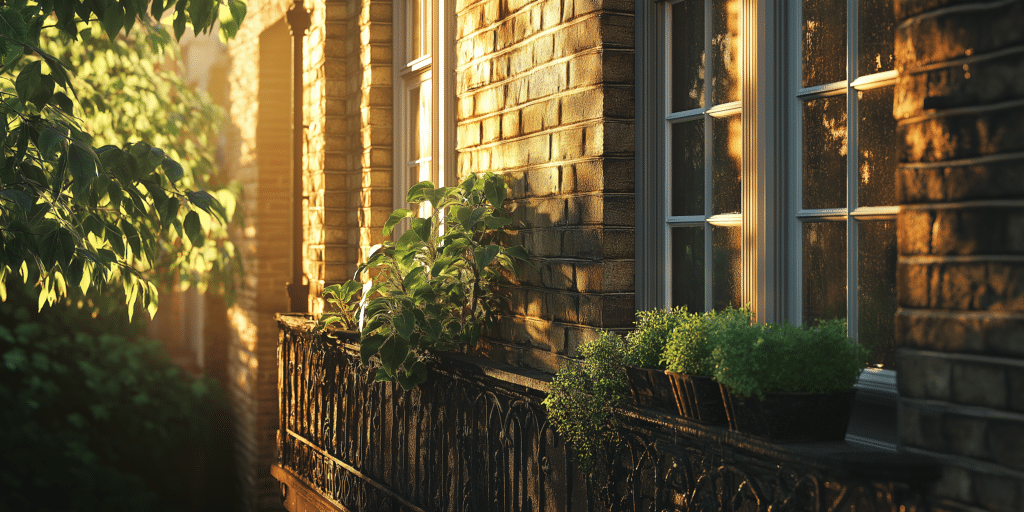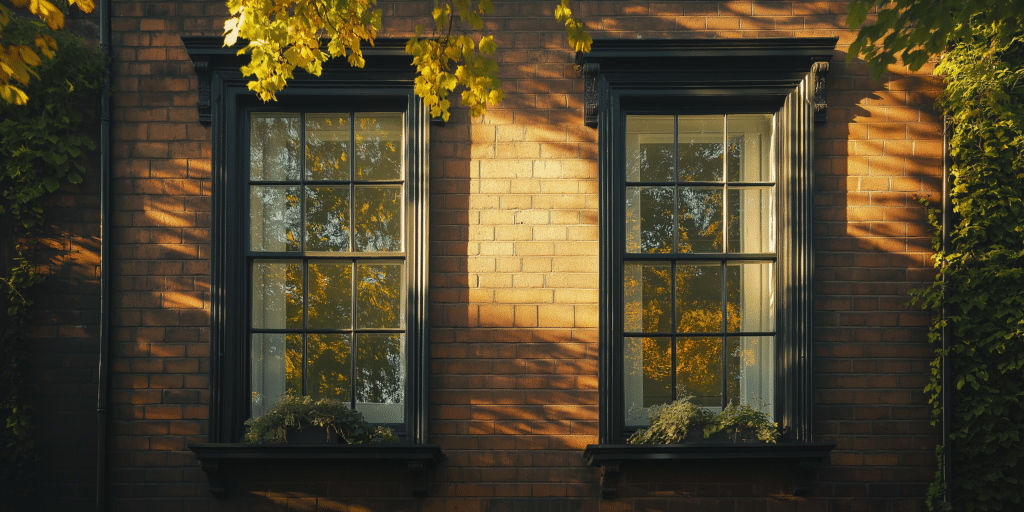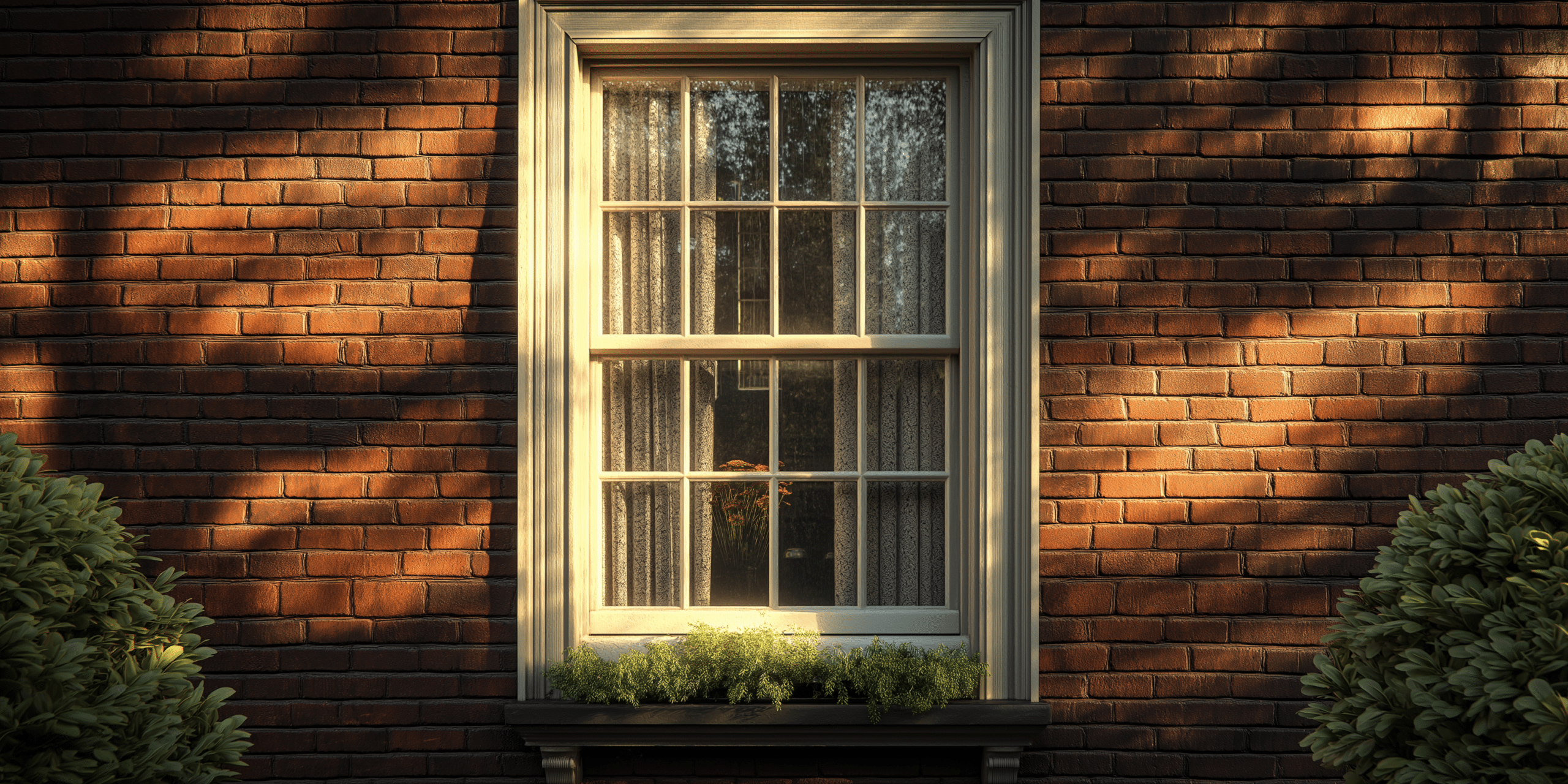Introduction to Sash Window Glass Cutting

Sash window glass cutting is a vital process in maintaining the traditional charm and functionality of sash windows. Whether restoring heritage windows or installing new units, precise glass cutting is crucial for both aesthetic and performance reasons. Understanding the anatomy of your sash windows, including muntins and glazing, is crucial for accurate glass cutting. This attention to detail helps preserve the window’s historical character while improving modern functionality.
Sash window glass cutting involves sizing and shaping glass panes to fit sash window frames precisely, ensuring proper insulation and a snug fit. It’s a key step in both restoration and installation, ensuring the right dimensions and fit contribute to energy efficiency and window durability.
Standard glass, double glazing, Low-E glass for energy efficiency, and acoustic glass for noise reduction. To avoid accidents with sharp glass, always wear safety goggles and gloves and ensure you’re working in a clutter-free, well-lit environment.
Understanding the Tools Needed for Glass Cutting
Using the right tools is essential for achieving clean cuts and avoiding breakage. Whether you’re working on modern double-glazed sash windows or older Georgian styles, the proper equipment is key. Lubricating your glass cutter with oil before scoring reduces friction, allowing for a smoother score and break. This simple step significantly improves the quality of your cut, reducing the risk of cracks and chips.
- Precision cuts require tools like tungsten carbide glass cutters, straightedges, cutting oil, and pliers.
- Apply steady pressure with the glass cutter along the straightedge to ensure a clean score line.
- High-quality tools provide better precision, reduce the risk of glass breakage, and can handle tougher materials like laminated or double-glazed glass.
- Tools like tungsten carbide cutters offer smoother, more accurate cuts, essential for delicate or intricate sash window designs.
Measuring for Precision in Glass Cutting
Accurate measurements are critical to ensuring a perfect fit in sash windows. Mistakes in measuring can lead to costly errors and poor window performance. To allow the glass to expand, leave about a sixteenth of an inch from the inside edge of the rabbets. This gap prevents the glass from stressing the frame during temperature fluctuations, ensuring long-lasting performance.
- Measure the sash rebate and account for a 1-2mm gap to accommodate glass expansion.
- Incorrectly accounting for glass thickness or frame allowances can result in oversized or undersized glass panes.
- Leave small gaps for glass expansion, especially in Low-E or acoustic glass.
- Improperly sized glass can lead to drafts, poor insulation, and the need for costly re-cuts.
Techniques for Cutting Glass for Sash Windows

The method used to cut glass can determine whether the pane fits correctly or leads to damage. Period-appropriate glass, especially antique wavy glass, can be tricky to cut, but precision ensures that the window maintains its authentic appearance. A clean cut ensures the glass can be properly secured, maintaining aesthetic and functional integrity.
- Apply consistent pressure when scoring, and use pliers or light taps to snap the glass cleanly along the score line.
- Ensuring a smooth, continuous score and using high-quality cutting oil can help minimise breakage.
- Use a straightedge for straight cuts; curved cuts may require specialised tools or patterns, especially with decorative sash windows.
- Avoid overscoring and ensure the cutter’s wheel is sharp, applying steady, even pressure throughout.
Types of Glass Used in Sash Windows
Different types of glass serve different purposes in sash windows, from enhancing insulation to reducing noise. Double glazing with Low-E coatings significantly boosts energy efficiency in sash windows, cutting down heating bills by up to 25%. Homeowners looking to enhance their homes’ energy efficiency should consider these options for both comfort and cost savings.
- Single-pane glass is thinner and less insulating, whereas double-pane glass provides better thermal and acoustic insulation.
- Low-E glass has a special coating reflecting heat, helping regulate indoor temperatures and reduce energy consumption.
- Acoustic glass helps to block external noise, making it ideal for homes in urban areas or near busy roads.
- Consider climate, energy efficiency, and noise levels when choosing between standard, Low-E, or acoustic glass.
Safety Tips for Cutting and Handling Glass
Safety should always be a top priority when working with glass. Mishandling glass can lead to serious injuries. Always work in a well-lit, stable environment, and use safety gear like goggles and gloves to minimise risk. These precautions allow you to safely handle and cut glass, even in a home workshop.
- Always wear PPE (personal protective equipment) such as safety goggles and gloves, and work in a clean, well-lit area.
- Use a broom and dustpan to collect small shards, and dispose of broken glass in a sturdy container.
- Gloves, goggles, and long sleeves help protect against cuts from glass edges.
- Store glass upright, cushioned with blankets or foam, and avoid placing weight on top of stored panes to prevent cracking.
Dealing with Common Issues in Glass Cutting

Even with the right tools and techniques, issues can arise when cutting glass. Knowing how to troubleshoot can save time and prevent material waste. When a score doesn’t snap cleanly, try tapping the underside along the score line with the end of the cutter or use running pliers for precision breaking. This simple adjustment can help correct minor errors before they become larger problems.
- Reassess your cutting technique and tool sharpness. Apply more even pressure during scoring.
- Apply gentle tapping beneath the score line or use glass pliers to assist with breaking.
- Minor chips can be smoothed out using fine-grit sandpaper or a glass file.
- Warping often occurs in thicker glass or double glazing. Avoid storing glass in high-humidity areas, and ensure proper installation.
Installing Cut Glass into Sash Windows
Installing cut glass properly ensures the sash window is functional, weather-tight, and aesthetically pleasing. Correct installation using linseed putty or modern glazing methods is crucial to prevent gaps that can cause draughts or condensation. Appropriate sealing materials will extend the life of the glass and the frame.
- Clean the sash frame, apply putty or sealant, and insert the glass, ensuring it fits snugly into the rebate.
- Apply linseed oil putty or silicone evenly around the edges, then press glazing points into the frame to hold the glass securely.
- Ensure there’s a slight allowance for expansion, and adjust glazing points to avoid cracking the glass.
- Proper sealing with putty or silicone and draught-proofing measures help prevent air leaks.
Advanced Glass Cutting for Specialty Sash Windows
Some sash windows feature curved, patterned, or decorative glass, requiring specialised cutting techniques. When working with heritage or leaded windows, it’s essential to retain the integrity of the original glass while upgrading its performance to modern standards. Precision and patience are key when working with these complex designs.
- Use a glass template or pattern and a flexible cutter to follow the curve accurately.
- It can be difficult to preserve architectural integrity while ensuring modern performance standards, such as energy efficiency.
- Mark measurements carefully and use specialised cutters designed for intricate shapes, often used in leaded glass windows.
- Thicker glass requires more pressure during scoring and careful snapping to avoid internal cracks.
Maintaining and Repairing Sash Window Glass

Once installed, glass requires ongoing care to ensure it remains functional and aesthetically pleasing for years. Sash windows often face issues with draughts or cracks due to shifting frames or glass expansion over time, and regular maintenance is essential to keep them in top condition. Proper care and maintenance can extend the life of both the window and the glass.
- Regular cleaning and inspecting for cracks or chips helps to maintain its condition.
- Use non-abrasive cleaners, and check the sash frame and seals for damage.
- Small cracks can be filled with resin, but larger breaks often require full glass replacement.
- Extreme temperature changes can cause the glass to expand or contract, leading to cracks or drafts if the glass isn’t properly fitted or sealed.
Energy Efficiency and Glass Selection for Sash Windows
Choosing the right glass type can drastically improve your home’s energy efficiency and comfort. Double glazing with Low-E coatings significantly boosts energy efficiency in sash windows, cutting down heating bills by up to 25%. Homeowners looking to enhance the energy efficiency of their homes should consider these options for both comfort and cost savings.
- Double glazing and Low-E glass significantly reduce heat loss and improve insulation.
- Low-E coatings reflect infrared light, keeping homes warmer in winter and cooler in summer.
- Double-glazed units trap a layer of air or inert gas, creating a thermal barrier that minimises heat transfer.
- Precisely cut glass and professional installation ensure no air gaps, enhancing the window’s energy efficiency.
Final Thoughts: The Importance of Precision in Sash Window Glass Cutting
Mastering glass cutting for sash windows is crucial for aesthetic appeal and ensuring the windows’ durability and efficiency. Precision in glass cutting not only enhances the look of the window but also ensures that the house stays warmer in winter and cooler in summer, reducing energy costs by as much as 30%. By investing in the right tools and techniques, homeowners can reap long-term benefits, including improved insulation, reduced noise, and a more aesthetically pleasing home.




